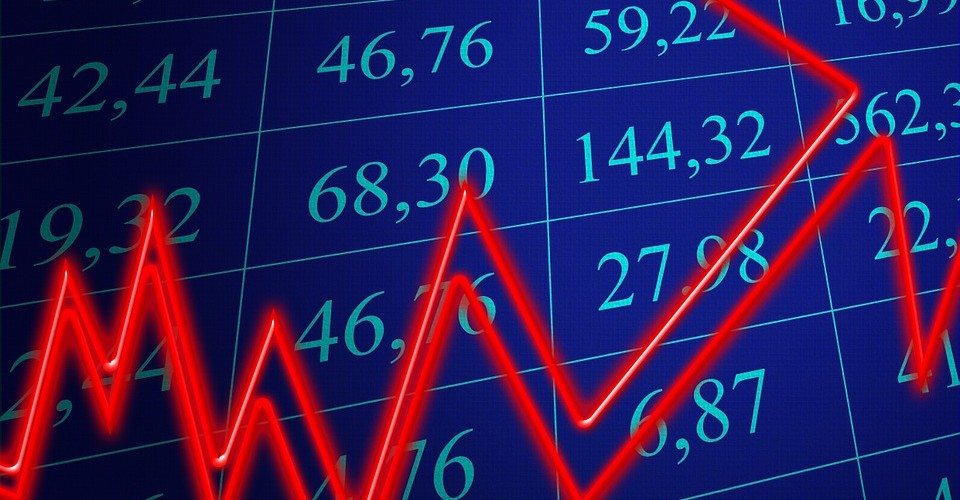The Forex market is where national currencies fluctuate round the clock, and the fluctuations are base on a nation’s GDP (gross domestic product) and similar other factors. Forex trading is like stock trading; currencies are bought low and sold high, the difference in the prices being the profit.For example, if the Great Britain is in a bad financial state, then pounds shall be selling off faster than usual and face devaluation. On recovery, the same pounds can be sold at a higher price to turn them into profits.
Though it is currency trading, the payments are all in papers or in digital data. The resulting profits and losses are for real. This is where the importance of margins or leverage reinforce. Simplified, a trader does not require putting up the entire amount for a desired position; as per the forex market, the margin usually stays at 1%, which makes every $1,000 yield a return of $100,000. The sad part is that it applies to the losses as well.
What is Forex Margin?
The margin in context is collateral, ensuring an investor’s capacity to pay back losses. Also known as minimum security, this deposit in a trader’s account is for covering any future losses. For a margin account, brokers usually keep $1,000 as security from an investor; this is to safeguard the broker’s own position from losses incurred through erroneous trades.
Margin enables private investors to trade in the markets that have high minimum units of trading by allowing traders to hold a much larger position than their account value. Margin trading also enhances the rate of profit but has the tendency to inflate rates of loss on top of systemic risk. More at DailyFX.
But then, why go for such high margins as 100:1? The major world currencies fluctuate in the forex market lesser than that said 1% a day, contrary to the stock market where fluctuations are as much as 10%. With such small changes on an initial investment of $1,000, the loss or gain will be around $10 or less; multiply it by 100 and you can see how the losses and gains distinctly.
The leverage (or margin) if implemented that way renders the basic lot (for both buying and selling) of currencies to $100,000 at a cost of $1,000. For day traders, the forex market never goes any lower than that and is a useful piece of information to cling to for a possible increase in ROI. If you want to know more about Forex margin and its influence on trading, we advise you to go to http://forex-library.com.










Comments are closed.